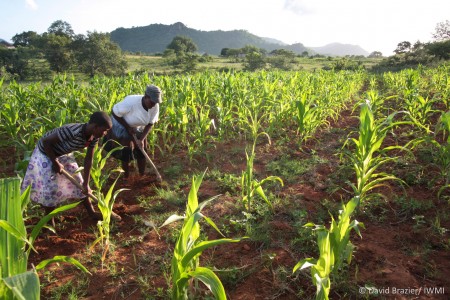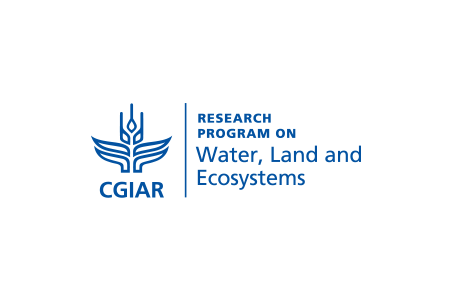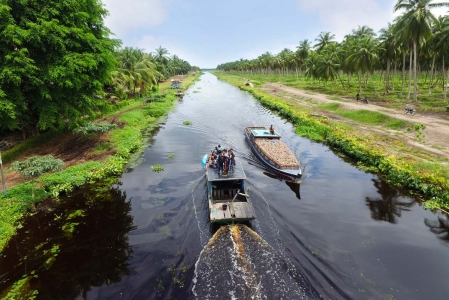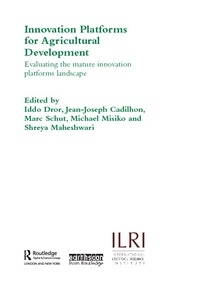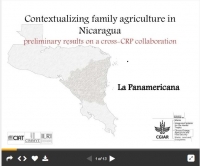Two sides of agrochemicals
Farmers in a village in Xe Bang Fai district, Laos, are incredulous when it is suggested that they might consider alternatives to agrochemical use in their rice fields. Chemical fertilizers and pesticides—mostly from China—are cheap, readily available, and easy to apply. Why would farmers opt for labor intensive, backbreaking approaches to weed control when a simple spraying can quickly achieve the same result?
Not far from their village, two wetlands—the Bor Noi and Bor Luang—are almost dead. No one is quite sure why, but local people suspect that they have been poisoned by water flowing into them from a nearby potash factory, which produces raw material for chemical fertilizer. Measurements show that the water in both wetlands is highly saline. When used for bathing, water from the Bor Noi and Bor Luang causes skin irritation; most of the fish, frogs, and other aquatic organisms that villagers previously used to supplement their diets and income have gone. When the water is used for irrigation it is reported to damage the rice.
These contrasting stories from the village highlight the dichotomy of modern farming. Changes in agriculture over the past 30-40 years—e.g., the increased use of fertilizers and pesticides, new irrigation techniques, and other intensification methods—have increased food production and helped lift millions of people out of poverty. These new developments have made many farmers’ lives easier: consequently, they are popular and widely adopted. However (and it’s a big “however”), all of this has only been achieved with significant environmental and social costs. Similar stories are all too common not just in Laos but across Southeast Asia and throughout the world.
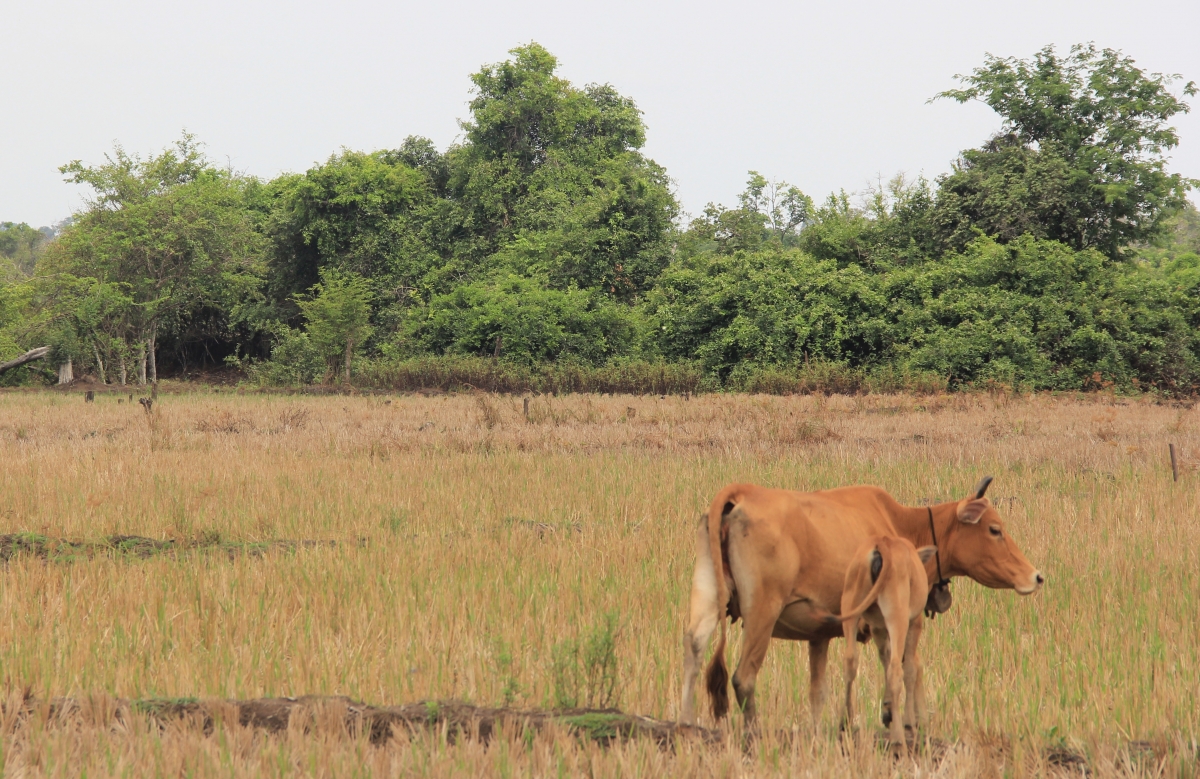
Sustainable intensification: a multifaceted issue
Globally, the enormous changes that agriculture has wrought on the environment are not sustainable in the long term: environmental resources are being depleted and damaged in ways that ultimately undermine agriculture and threaten food production itself. The challenge is that as the human population rapidly approaches 9 billion, we urgently need to produce a great deal more food and simultaneously do it in ways that are both much less environmentally damaging and, importantly, acceptable to farmers.
Against this background, the concept of sustainable intensification has been widely adopted by international research and policy organizations such as the CGIAR and the Food and Agriculture Organization of the United Nations (FAO), as the cornerstone of future agricultural development. At its simplest sustainable intensification is defined as a form of production whereby “yields are increased without adverse environmental impacts and without the cultivation of more land.”
Clearly this definition is aspirational and can be applied to the entire spectrum of farming systems, from high input farming to smallholder subsistence agriculture, or organic farming. And herein lies the problem: while there has been a lot of research and numerous academic papers written about it, it remains far from clear what sustainable intensification actually looks like on the ground. It is not clear how it might differ from place to place, and how the unavoidable trade-offs that arise are best balanced.
Last year, WLE initiated a wide-ranging discussion on Sustainable Intensification at the Stockholm World Water Week. What is clear is that perceptions on what sustainable intensification entails vary enormously and there is no single “right way” to achieve it.
Different sectors have very different ideas about what sustainable intensification might entail. Many multi-national biotechnology companies and agribusinesses argue that “innovation”, by which they mean genetically engineered crops, greater mechanization and increased agrochemical use, is an appropriate contribution to sustainable intensification. Not surprisingly this is an anathema to many grass roots and environmental movements who espouse “eco-friendly”, “nature based” approaches, often grounded on local knowledge. For example, incorporating legumes into crop rotations to fertilize soils, or using agroforestry techniques that diversify and boost production.
Protecting livelihoods, protecting the environment
Whatever the approach, it is clear that sustainable intensification has to be understood in the context of the wider problem of livelihoods and livelihood security. The needs of rural communities—their living and working conditions—are paramount: in looking for solutions, equal weight must be given to both nature and people. A systems perspective is essential since it compels interdisciplinary consideration and facilitates a more thorough analysis of the consequences of farming practices on both human communities and the environment.
Working with farmers is essential. In many countries this means strengthening links between researchers, extension services and farmers. In places like Laos, it means moving away from a pre-deposition to instruct, rather than listen to farmers, and shifting the primary focus from production targets (particularly for rice) to improving farm incomes, alleviating poverty and addressing labor shortages. However, whilst the need is clear, moving to this broader perspective is not easy and a key question is “how is it best achieved?"



